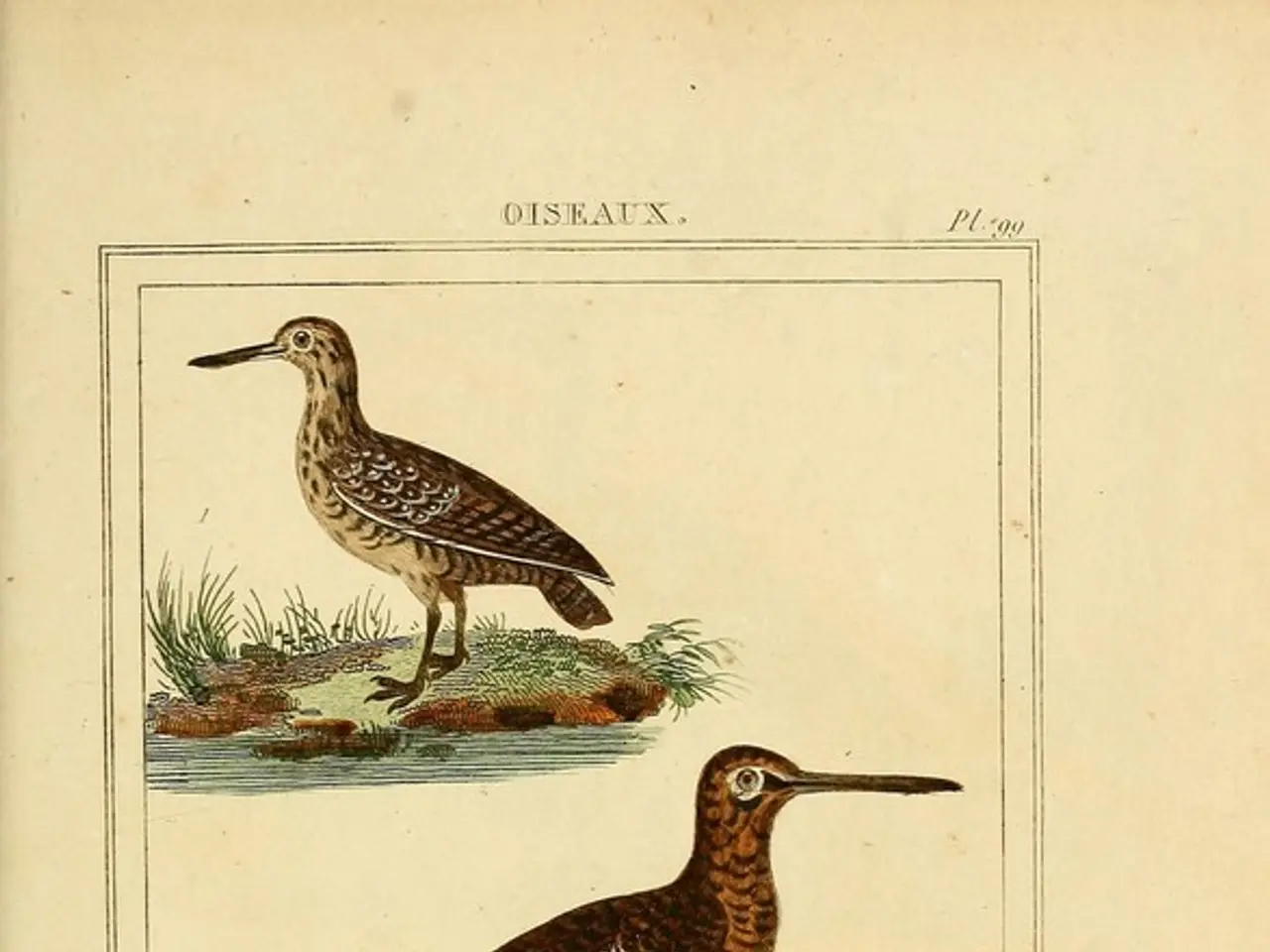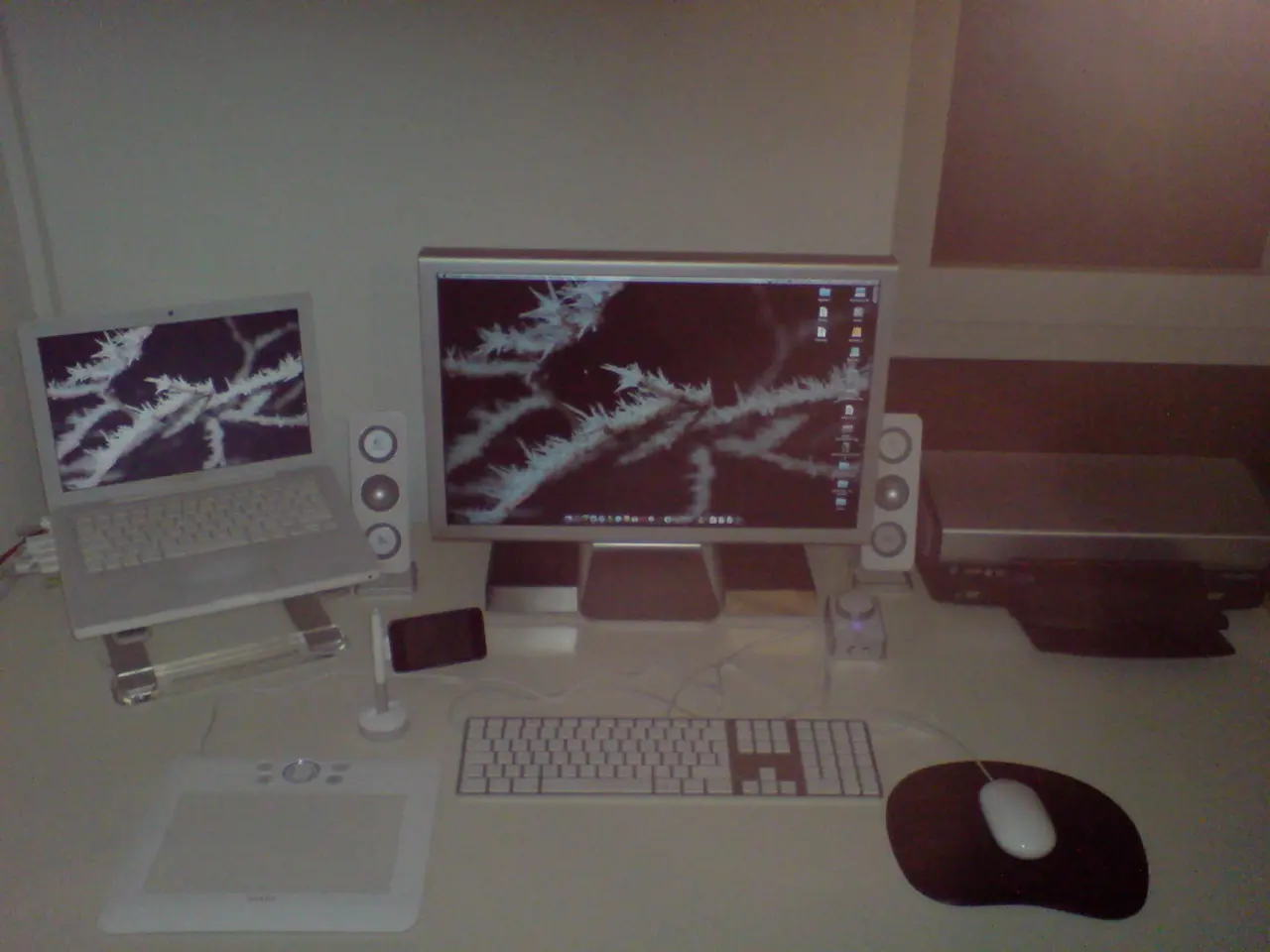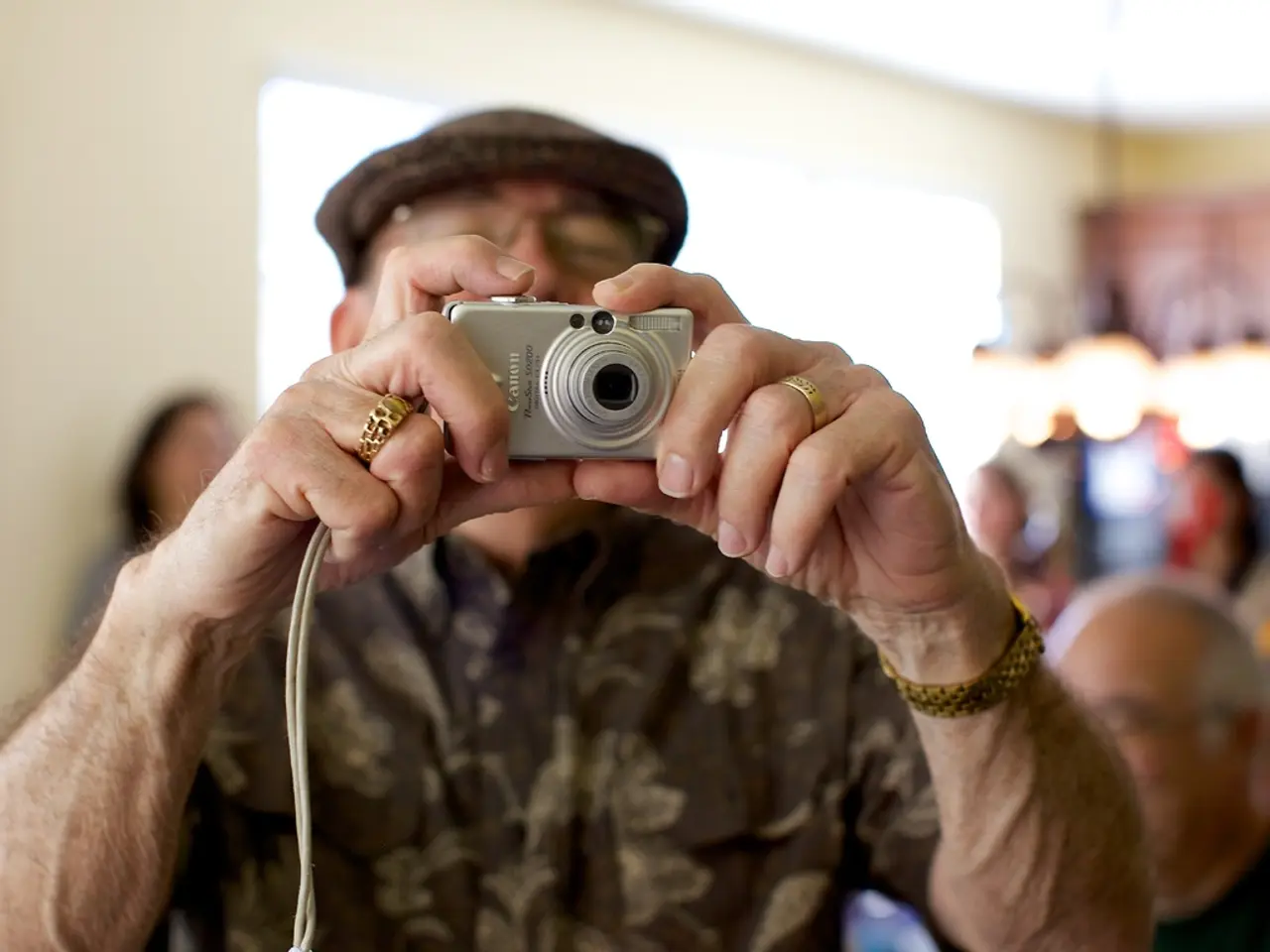"Reviving avian dinosaurs: De-extinction firm declares ambition to resurrect the colossal moa within the next decade"
Colossal Biosciences, a US-based biotech company, has announced plans to genetically engineer the South Island giant moa, a species that went extinct around 600 years ago. However, it's important to note that this project is not a true de-extinction of the original moa species.
Instead, the company is creating a hybrid with moa-like characteristics. They plan to transfer key genetic traits from moa bones into surrogate birds, such as emus or tinamou, the two closest living relatives of moas. The resulting organism will resemble and be genetically similar to the extinct moa, but it will not be an exact genetic replica.
This approach reflects current scientific limits, as fully reconstructing an extinct species’ precise genome and biology remains beyond reach. Colossal's process involves combining moa genetic information with a related living bird’s genome to approximate the moa’s traits.
The purpose of this project is twofold. On one hand, it aims to restore the ecological balance and cultural heritage lost with the extinction of the moa. To this end, Colossal is coordinating with Indigenous Māori groups to guide and oversee the initiative. On the other hand, the company hopes that the project could lead to benefits for endangered birds, such as the development of artificial eggs to help preserve endangered species.
However, not everyone is in favour of this project. Trevor Worthy, a vertebrate paleontologist, has criticized Colossal's plans, stating that it is unacceptable to bring back extinct species when many current species are going extinct. Philip Seddon, a professor of zoology, has echoed similar sentiments, stating that any end result will not, cannot be, a moa.
Despite these criticisms, Colossal's co-founder and CEO, Ben Lamm, has stated that scientists will return the engineered moa back to the ecosystem once they have lived out their lives in a fenced-off nature reserve. It's worth noting that if the engineered moa were to escape, they would not pose a danger to humans, but could potentially harm humans by kicking if scared.
Colossal Biosciences has previously undertaken a similar approach with the dire wolf, a project that was also met with criticism. The company's spokesperson, however, has doubled down on the company’s original claim that it has brought back the dire wolf, despite clarifications to the contrary.
The moa project is just one of several controversial projects that Colossal Biosciences has announced. The company also plans to genetically engineer the woolly mammoth, the dodo, and the thylacine. All moa species are thought to have gone extinct due to hunting by humans, and the South Island giant moa stood up to 12 feet tall, making it the largest of the known moa species.
In summary, Colossal Biosciences’ moa project is a hybrid creation with moa-like characteristics, not a true de-extinction restoring the exact original moa species. While the project has its critics, it is also seen as an opportunity to learn more about extinct species and potentially benefit endangered birds.
- The controversial project by Colossal Biosciences to genetically engineer the extinct South Island giant moa is not a de-extinction of the original species, but a hybrid creation with moa-like characteristics, mimicking the traits of the extinct species by transferring genetic information from moa bones into surrogate bird species.
- In the realm of technology and science, Colossal Biosciences' moa project is just one of several controversial initiatives, as the company also plans to genetically engineer other extinct species such as the woolly mammoth, the dodo, and the thylacine - topics that are widely discussed in general news and medical-condition debates, as well as fueling discussions in entertainment regarding ethical and environmental implications.




